 Global ambassadors of ecotourism gather in Nanjing
Global ambassadors of ecotourism gather in Nanjing
 Taiwan woman marries into Kazak family, 100 sheep plus a flat as dowry
Taiwan woman marries into Kazak family, 100 sheep plus a flat as dowry
 College girls take graduation photos under water in Chongqing
College girls take graduation photos under water in Chongqing
 Cartoon: Xi and football
Cartoon: Xi and football
 Chinese influence sweeps ROK
Chinese influence sweeps ROK
 Post-90s beauty boxer grapples four men
Post-90s beauty boxer grapples four men
 3,000-year-old tea town through lenses
3,000-year-old tea town through lenses
 22 archaeological sites along Silk Road in China
22 archaeological sites along Silk Road in China
 Football babies, Samba dancers embrace 'World Cup'
Football babies, Samba dancers embrace 'World Cup'
 Beautiful scenery along China’s Grand Canal
Beautiful scenery along China’s Grand Canal
Tourism Australia launched a major FIT tourism campaign in China in March, specifically targeting independent travellers by highlighting many of the country's unique and most distinctive holiday experiences.
O'Sullivan has been keen to begin building a platform for Chinese guests within China itself, and not just when visitors arrive at Sydney airport.
The vast majority of international travel out of China was still booked through travel agencies and O'Sullivan sees this as ' an opportunity for partnership,' not an obstacle.
"Alongside the work we're already doing to increase flights and improve aviation access, we see an equally important role for travel agents to provide this new breed of independent Chinese travellers with the information and resources to build a much richer and higher quality holiday experience," he said.
Tourism Australia says it is confident that the focus on higher spending Chinese visitors would be welcomed by the industry, who could expect to realize improved financial returns by investing in better quality tourism products and more 'China ready' experiences.
"Increases in independent travellers mean more Australian tourism businesses are getting to welcome our Chinese visitors, as they go farther and experience more of our country," O'Sullivan said.
As part of the new recruitment drive, Australia's national tourism organization aims to sign up between 30 and 35 specialist agents in the first year, based primarily in the 'Tier 1' cities of Beijing, Shanghai, Guangzhou and Shenzhen, plus a selection of 'Tier 2' cities, including Nanjing, Hangzhou, Qingdao, Chengdu and Chongqing.
The new distribution strategy will be supported by increased advertising spending. New and innovative itineraries and programs, designed to meet the needs of Australia's target market in China, will also be developed and promoted by Tourism Australia.
China is Australia's fastest growing and most valuable inbound tourism market, with more than 750,000 Chinese visitor arrivals spending more than 5 billion Australian dollars in the past 12 months.
Figures recently released by Tourism Australia suggest that annual spending by Chinese visitors to Australia could rise to 13 billion Australian dollars by 2020.
 |
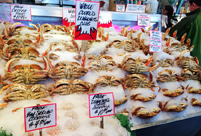 'Seattle's soulmate' - -Pike Place Market
'Seattle's soulmate' - -Pike Place Market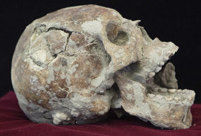 Human skeletons of more than 1,600 years old
Human skeletons of more than 1,600 years old BFA goddess poses for graduation photos
BFA goddess poses for graduation photos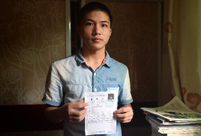 Separate college entrance exam
Separate college entrance exam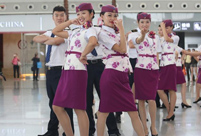 Flash mob dance
Flash mob dance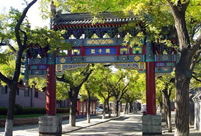 Featured hutongs in Beijing
Featured hutongs in Beijing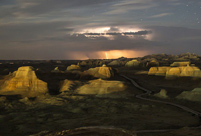 Picturesque scenery of Ghost City
Picturesque scenery of Ghost City Female special assault team in training
Female special assault team in training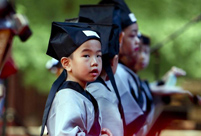 Children attend First Writing Ceremony
Children attend First Writing Ceremony Chengdu police use social media to boost recruitment
Chengdu police use social media to boost recruitment Secrets unveiled in restoration of the 800-yr-old Buddha
Secrets unveiled in restoration of the 800-yr-old Buddha Heavenly path in Chongli grassland
Heavenly path in Chongli grassland Happy Birthday to "Yuanzai"
Happy Birthday to "Yuanzai" China's manned submersible Jiaolong opens to public
China's manned submersible Jiaolong opens to public Roast Duck Restaurant celebrates 150th anniversary
Roast Duck Restaurant celebrates 150th anniversaryDay|Week|Month